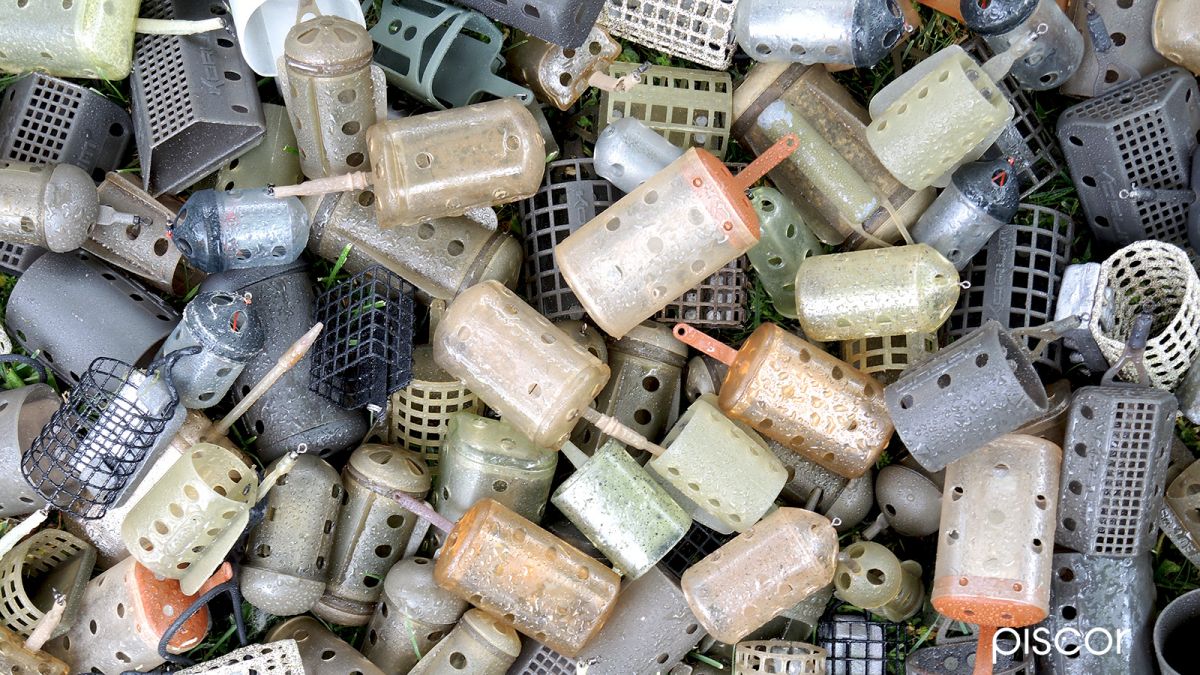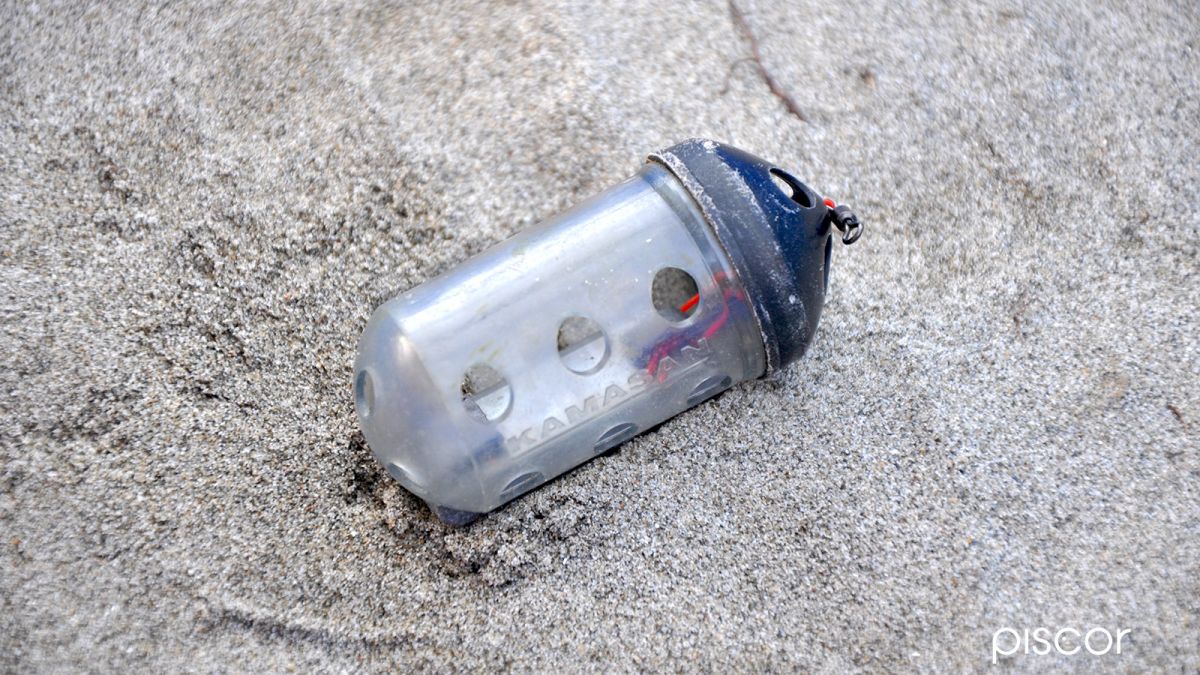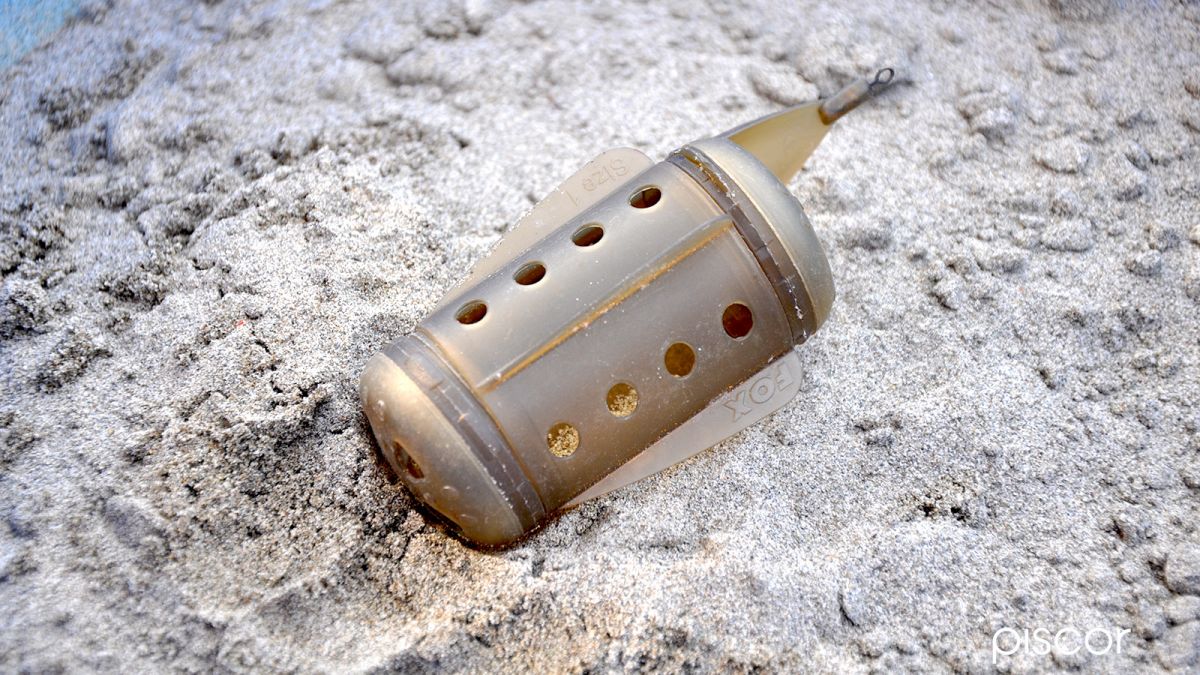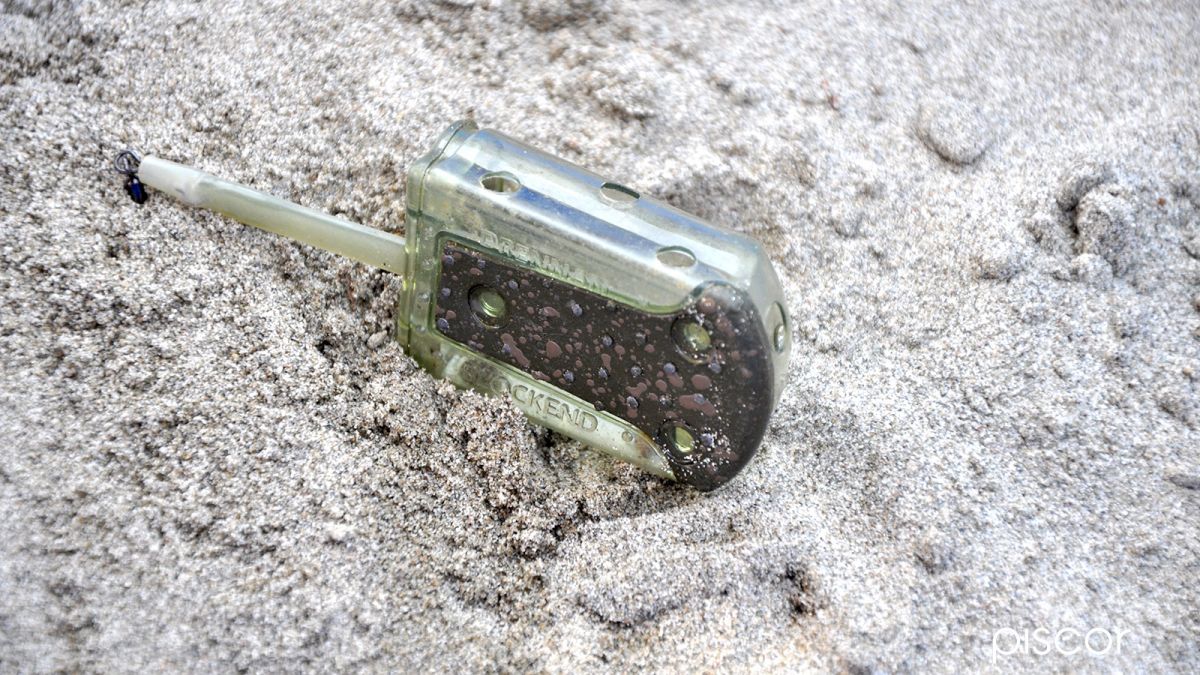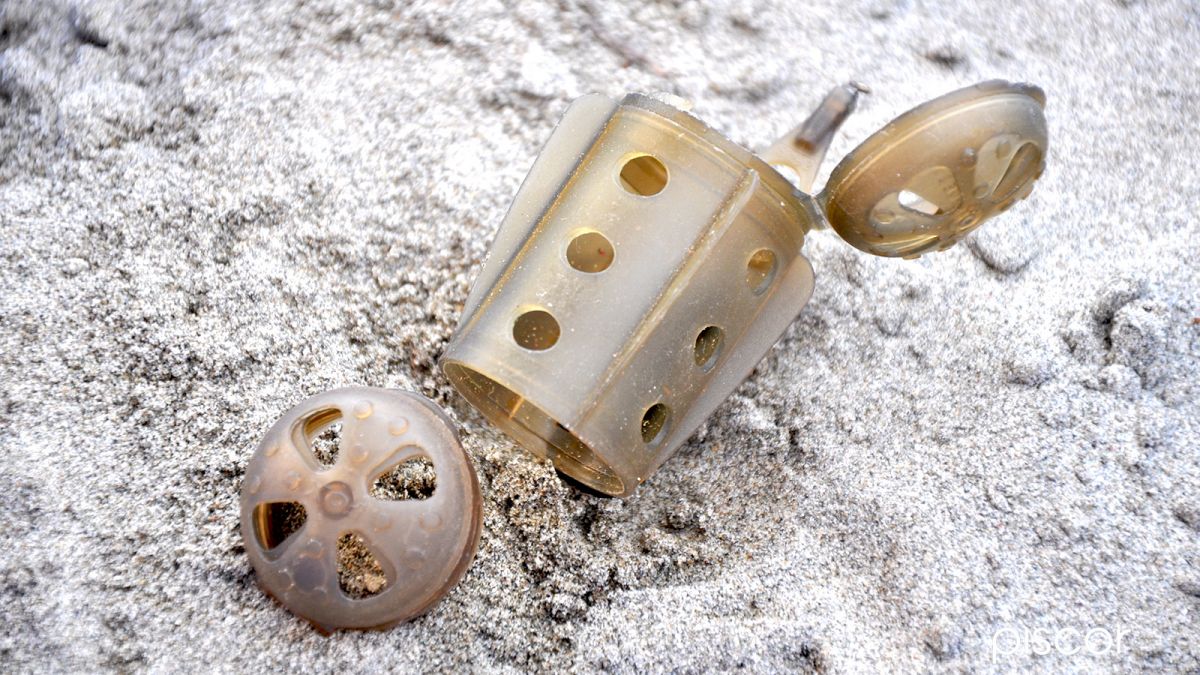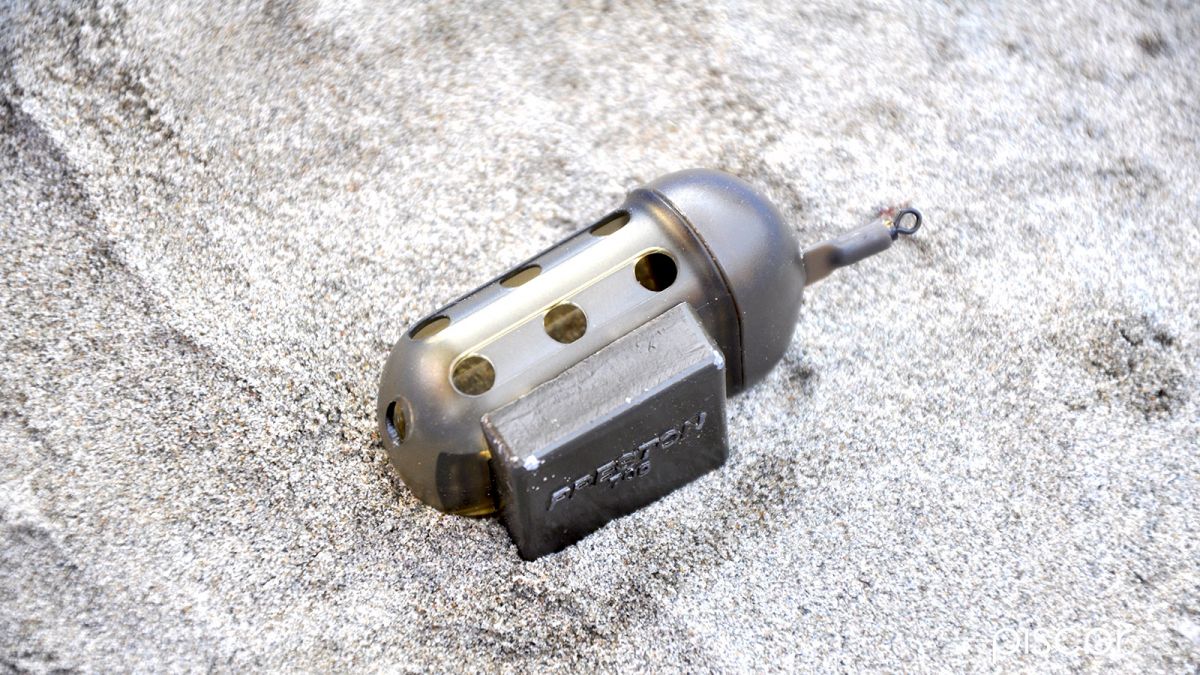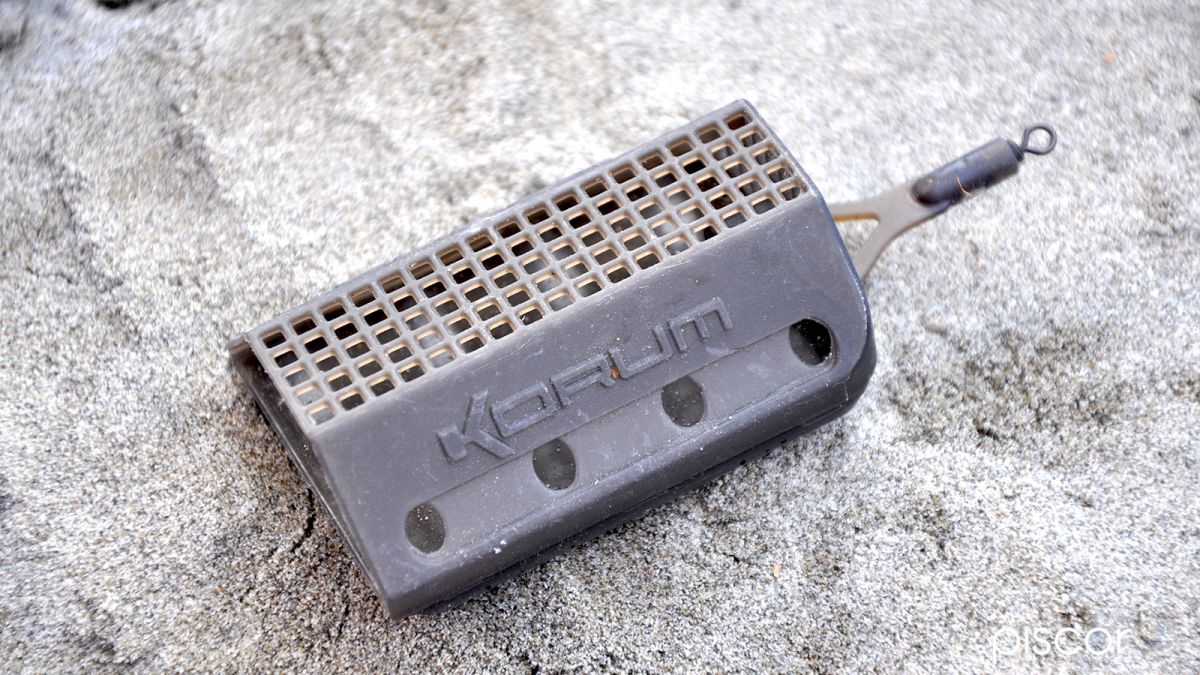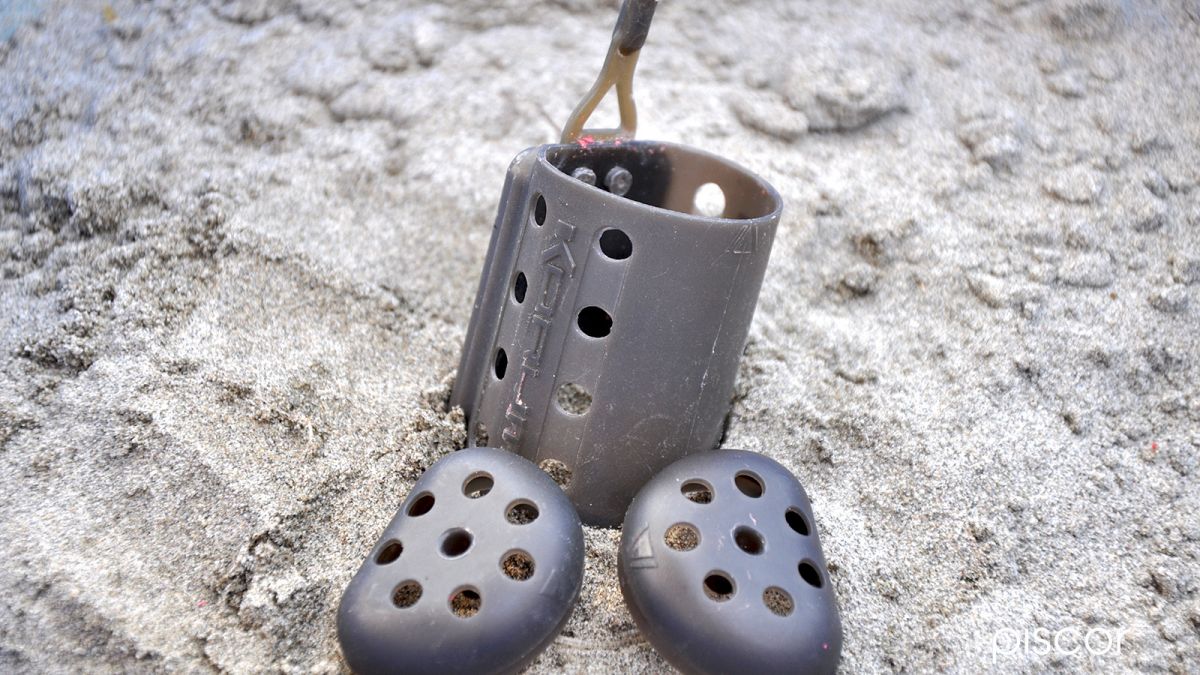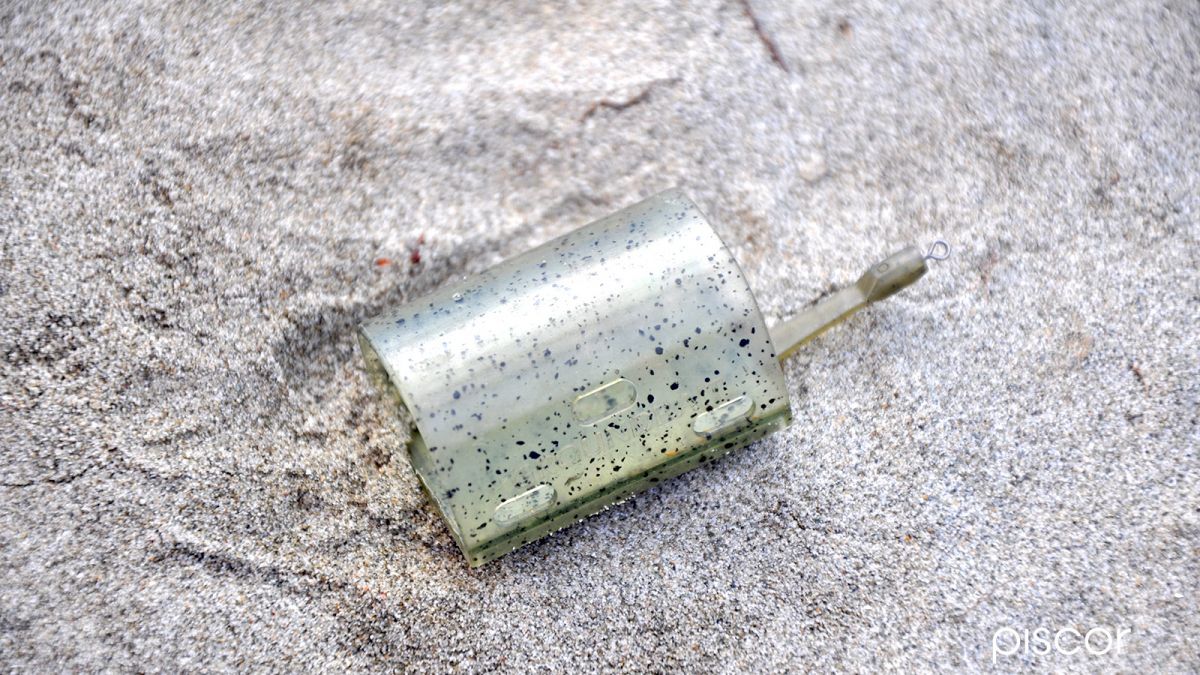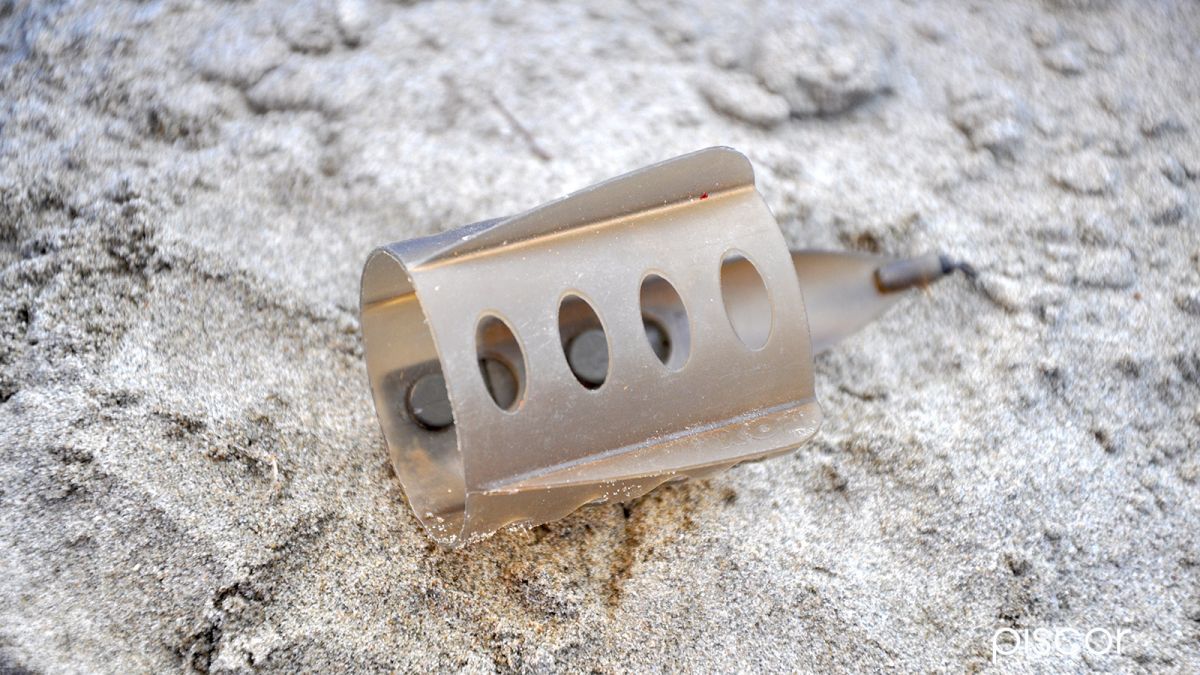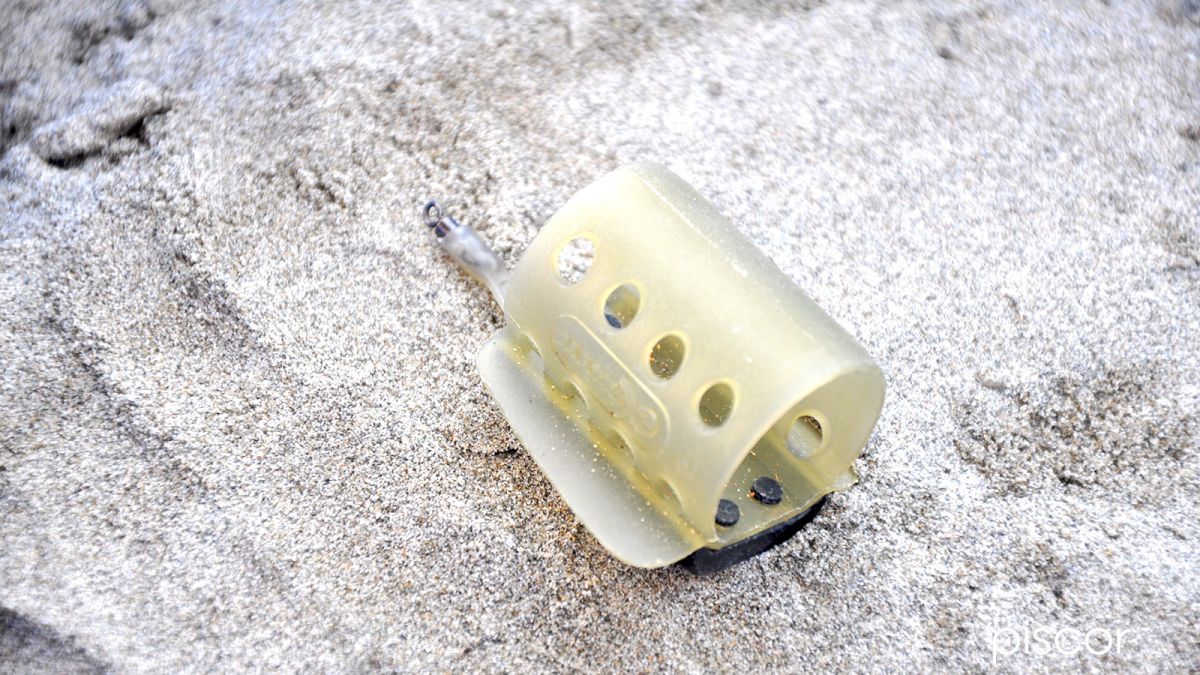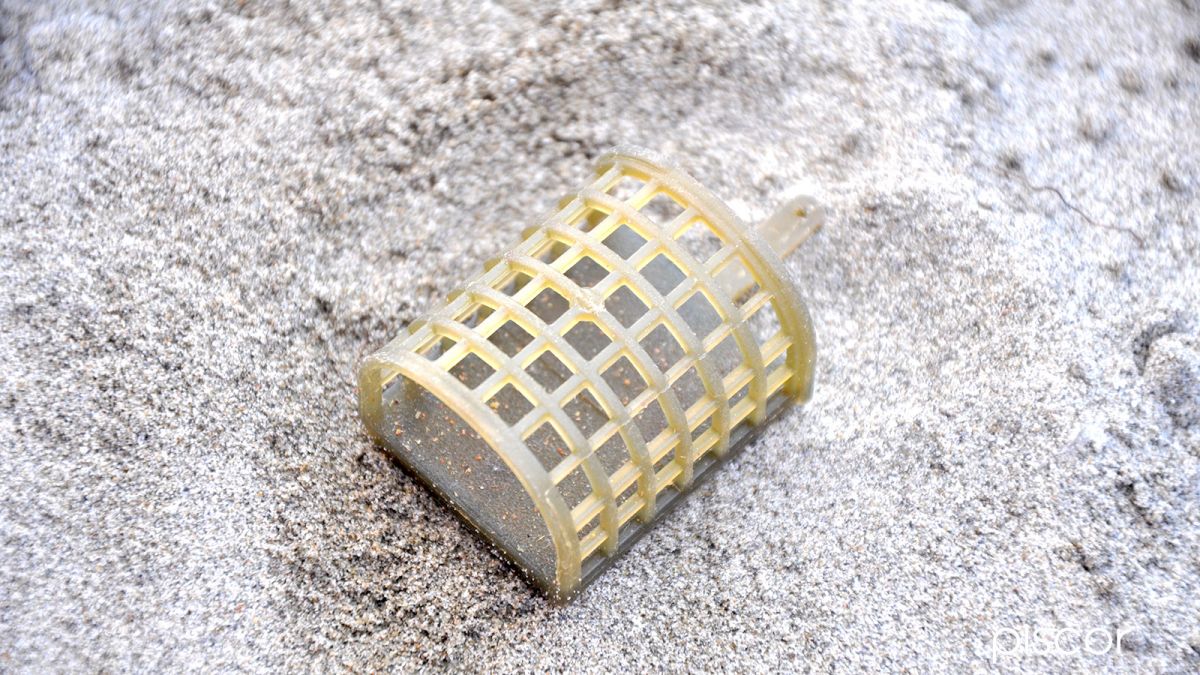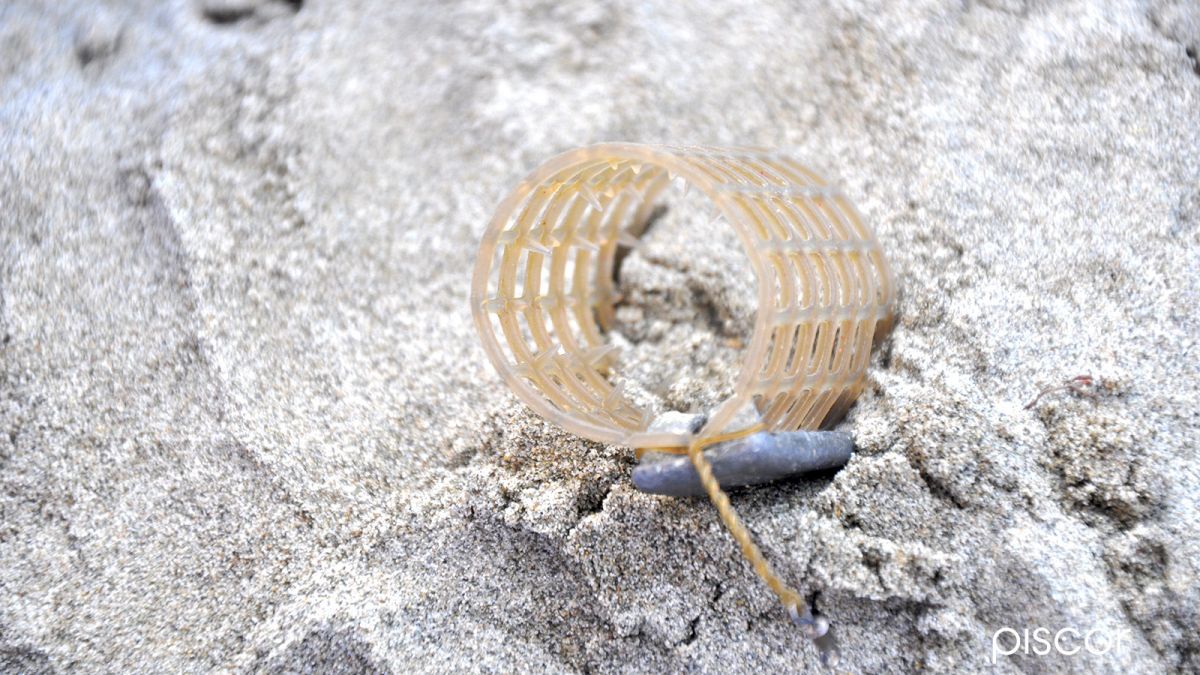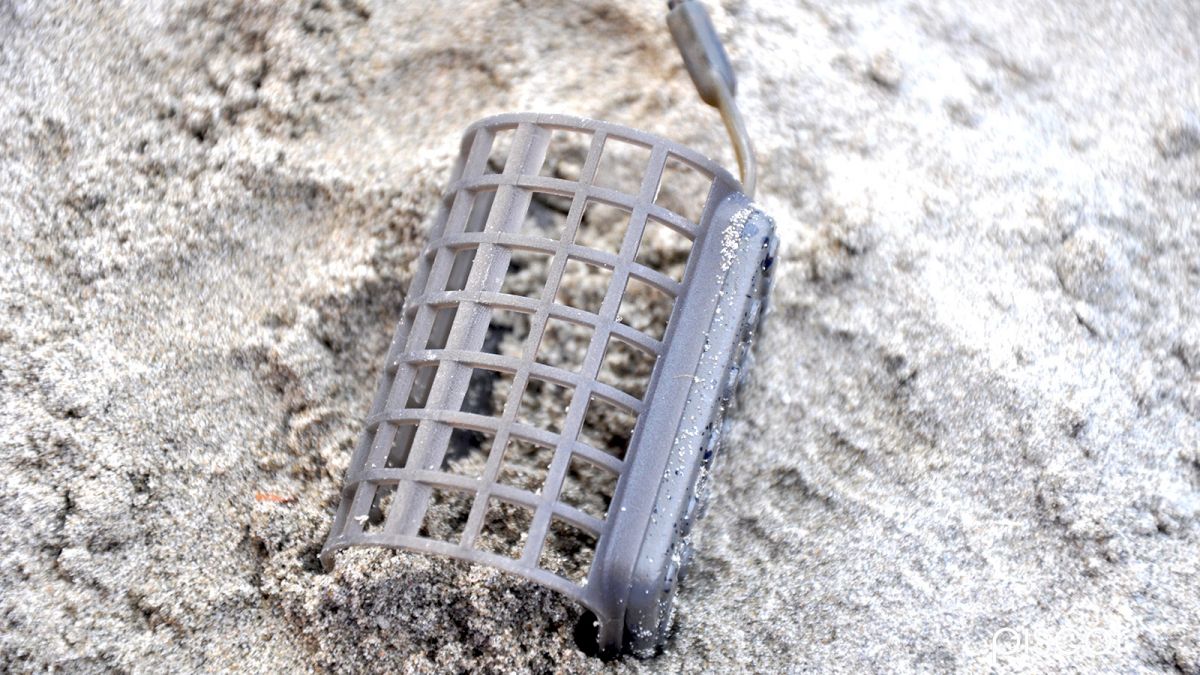I have always been slightly embarrassed by the multitude of feeders proposed by today's market. They risk staying more or less long in the seatbox or taking dust on the garage shelf, this without ever touching the water. For those approaching the feeder it can be a hard step to overcome.
Knowing what you buy makes the difference between a feeder that ends up at the bottom of the backpack without ever getting its holes wet and one who works profitably until an obstacle at the bottom decrees its premature retirement.
Let's try to imagine the feeder as a single who joins a marriage agency by listing merits, defects and preferences in a form and leaving the same agency crossing data and finding a soul mate.
Here, feeder must have precise, compatible characteristics and that, in its inevitable defects or limits, is completed to form a lasting and satisfied couple with those who interact and influence with the same, an ideal woman composed of spot, content, and used technique.
If we do things the right way, we get different purposes first of all the rationalization of purchases, with clear cost reduction, avoiding buying useless stuff for feeder fishing.
A perfect union whose goal is the creation of a stable family in which the "children" are made up of caught fish. So let’s try to transform us into a marriage agency and cross the characteristics of the various types of feeder and the possibilities of employment in order to find the right couplings and avoid painful divorces.
On a stable couple affect several factors, in our strange attempt to happily cross the container with the content weigh external factors, specifically HOW we want to load, WHAT we want to load and WHERE we want to release.
I speak of a container because, at least in this occasion, we avoid facing the vast world of method feeders, so all those ballast that instead of being filled with the groundbait are wrapped or covered by it.
Since we are talking about external elements, we have to spend a few words to understand the two big categories in which we divide feeders, such is "bolt" and "in-line". The substantial difference lies in the way the feeder is secured to the line or to any other mounting. If the line flows inside the feeder we talk about in-line feeders, the bolt feeders are those that predict a drift attack. In the future we will be able to eviscerate the topic, certainly we can say, without fear of contradiction and with very few exceptions, that bolt rhymes with flow and in-line is best combined with calm water.
Having said that, let's proceed, you never know, maybe a great love is born between the forms we have in our hands.
Block end
It is the closed container for excellence, the perfect fishing feeder for use with maggots, whose holes, on the body and in the plugs, are designed for a quick discharge of larvae.
On maggots dispersion engraves the number and position of holes as well as their diameter, in this sense a real icon among the block ends is undoubtedly the Blackcup of Kamasan, brilliant in its simplicity finds an ideal location in places with slow and moderate flow, as for all the block ends, larvae dispersion can be attenuated and slowed down by closing the central holes with electrician's tape.
The rate of discharge of larvae depends on two other factors: the water temperature, which affects larvae mobility, as well as how many and how much larvae are pressed inside the feeder. In major flows, it tends to drift due to the shape and position of the ballast, but this is not a disadvantage.
Adjustable block end
Compared to normal block-ends it offers the possibility to adjust the opening of the holes, usually on the plugs, from completely open to completely closed. This avoids taping the central holes, but by closing the head and tail holes, the discharge takes place much slower than the occlusion of the central holes.
Like any block-end loading can be mixed, by joining maggots with quite untended groundbait, this will be the first to come out leaving more freedom to larvae to do the same thing, useful strategy in cold waters and very slow flows.
Block end with built-in ballast
They are feeders whose ballast is integral with the plastic body. In the picture the bolt Drennan model that has the bulk of the ballast concentrated on the tail of the body. The low profile and the position of the ballast help in effectively managing even the most impetuous flows, giving great stability.
Block end with offset ballast
They are long throw feeders, the body is normally equipped with fins to stabilize the flight phase making the launch longer and more precise. The bulk of the ballast, concentrated on the opposite side of the attack, allows a quick lifting of the feeder when recovery starts, useful on dirty or uneven seabeds.
Block end with removable plugs
The possibility of removing one or both feeder plugs extends the loading possibilities by engraving on what you want to dispense, the dispensing order and the emptying speed. Practical when you want to use pellets or other voluminous baits that otherwise would not come out of the holes.
Block end with increased ballast
They are the classic feeders to use when we need to provide little feeding in strong flows or on deep and rough seabeds. The shape and weight of the ballast make it very stable even in the most difficult spots.
Grub feeder
It is an in-line model that winks at the method, even though it is designed to load only maggots. The main features are the dome and non-plugs loading system and the presence of a wire clip on the top of the lid.
Basically the mounting consists of a short rig that must be secured to the clip and whose hook is normally triggered with one or more fake maggots to make the same pop up immediately available to the fish that is approaching in the feeding area. Useful in still or very slow water.
River feeder
It is the feeder for excellence when we face strong flows. The low and angled profile makes it particularly stable even in the most impetuous waters. It has only one lid on its head, so if it is used with maggots or pellets, it requires a groundbait stopper to block the content, unless using glued maggots that, in general, is always a good way to slow down the release of the block ends.
The shape and arrangement of the holes, smaller and thicker on the head and more radius and wide on the sides, facilitate the choice of the mechanics of operation if you decide to load the feeder with only flour.
Combi feeder
Link between the block ends and the open ends. The two plugs are easily removable thanks to a "tie-beam" in soft power gum to quickly transform the feeder from closed to open. Small alignment arrows are printed on the structure and on the plugs to facilitate the relocation of the same.
Open end
In the moment we leave aside the loading with only maggots and / or micro pellets we enter the world of open end that, for design and functionality, are the feeders dedicated to the use of flour when we need a slow, but constant release.
The cup
They are open-end models that, compared to a low weight ballast, are large enough to be able to give large quantities of groundbait.
They are perfect at the beginning of the session when we need to create an abundant feeding area or when, during fishing, we need to increase the food supply, they are often equipped with stabilizing fins precisely because the large dimensions offer a largest thrust area to any flows.
Open end stabilized
When the flows is a problem we can resort to these models that have, at the base and at the height of the ballast, two fins that prevent the feeder to roll, are very wide wings that expand the base stabilizing the whole.
The descent is slower due to the inevitable glide effect, something to consider when wetting the used groundbait to avoid dispersion of the mix during the descent.
Cage feeder
Methods excluded, these types of feeder are the fastest ever to release the content. The cage structure lets most of the surface of the mix have contact with water, speeding up the emptying of even the most sticky mixtures.
Cage feeder in metal
The metal structure, whose thickness is thinner than plastic, further amplifies the depletion action. They are generally heavier and therefore more stable and are available with well-dimensioned ballast (up to 80/100 grams) for use in strong flows.
Grip mesh
When we need to release maggots using an open end, the solutions are to close larvae between two groundbait stoppers or glue them.
If we decide for the second hypothesis, the grip mesh has a body whose interior is provided with small flexible tips that seize the contents and allow longer throws and positioning on very deep spots without losing part or all the content.
Mesh feeder
Model to be preferred when we fish in very deep spots and with a sustained flow. The body, generous in volume, allows the loading of large quantities of groundbait and the ballast are proportionally designed to ensure good stability.
The size of the two "mouths" allows you to integrate the mix with good quantities of particles such as pellets and boilies without the releasing phase suffering. It is the classic Po feeder in sizes from 90, 120 and 150 grams.

